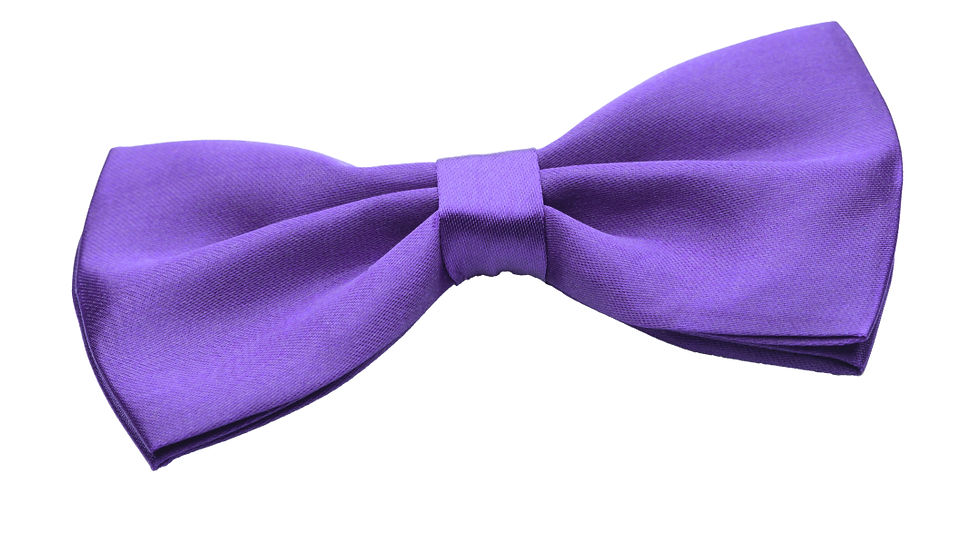Over the past few weeks, I’ve been hearing that from people I run into — at yoga class, during a theater rehearsal, in a work meeting, or at the fifth medical appointment of the month.
The “looking great,” in the eyes of those who know (or find out) that I’m getting chemo every three weeks, that I went through four surgeries in just two months, and that I’m still in the process of reconstructing the breast that was removed — and believe it or not, that process isn’t even over yet — seems to surprise them. Whatever “great” means, I honestly feel like crap.

During Breast Cancer Awareness Month, I always feel some responsibility to talk about it. But lately, I’ve been having mixed thoughts about speaking up. I’m a little tired of talking about cancer. First, because I’m tired — period. And second, because cancer doesn’t define me.
But going through cancer a second time — and this time in such a harsh, difficult way, with a unilateral mastectomy, countless reconstruction complications, and all the physical and mental adjustments to the implant — hasn’t been easy at all.
I’ve already received confirmation twice this year that I’m cancer-free, but I still do chemo as a precaution. The doctor visits, the parallel treatments, and all the things that come along with it still haunt me — every single day. It’s a daily act of living and surviving.
And recently, I found out I have skin cancer. Even though it has nothing to do with breast cancer, it’s always that feeling of, “Seriously?” The treatment and all its side missions have become a second job. Depending on the day, I spend three to four hours just dealing with treatment-related stuff. There’s no break. No rest. There’s home work, work work, and treatment work. And still, people say I look great.

This year, I really wanted to come here and share a message of strength for other friends and women who are in treatment — or about to begin. And even after all this venting, I want to say that despite everything — despite being fed up — I’m still positive. I still give thanks. I still have faith. But right now, it’s a daily mix of “get up, shake off the dust, and rise again,” and honestly, it gets exhausting. Fatigue knocks at my door almost every day. I try to ignore it, but sometimes I let it in. And people say I look great. Good for me, I guess.









